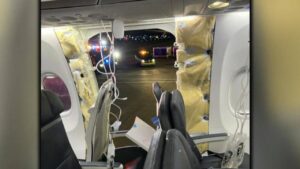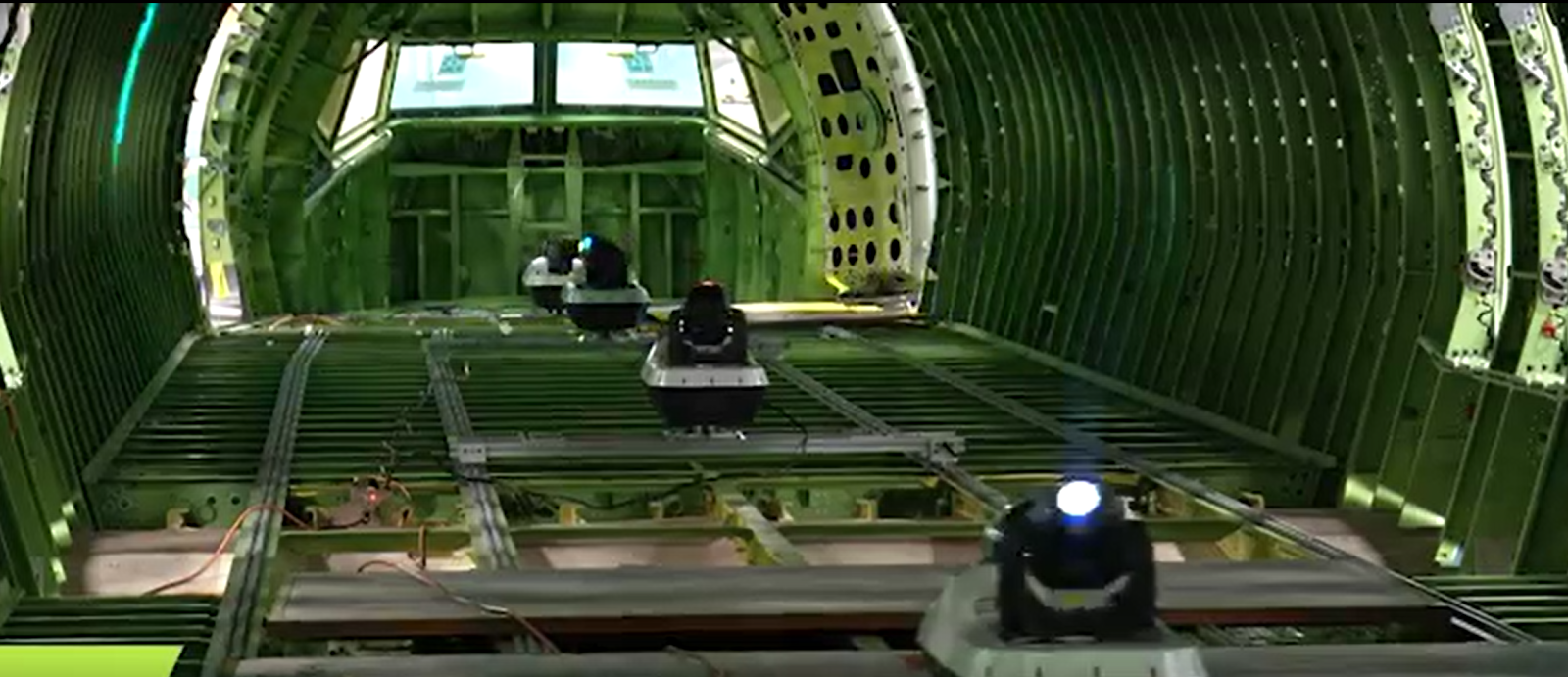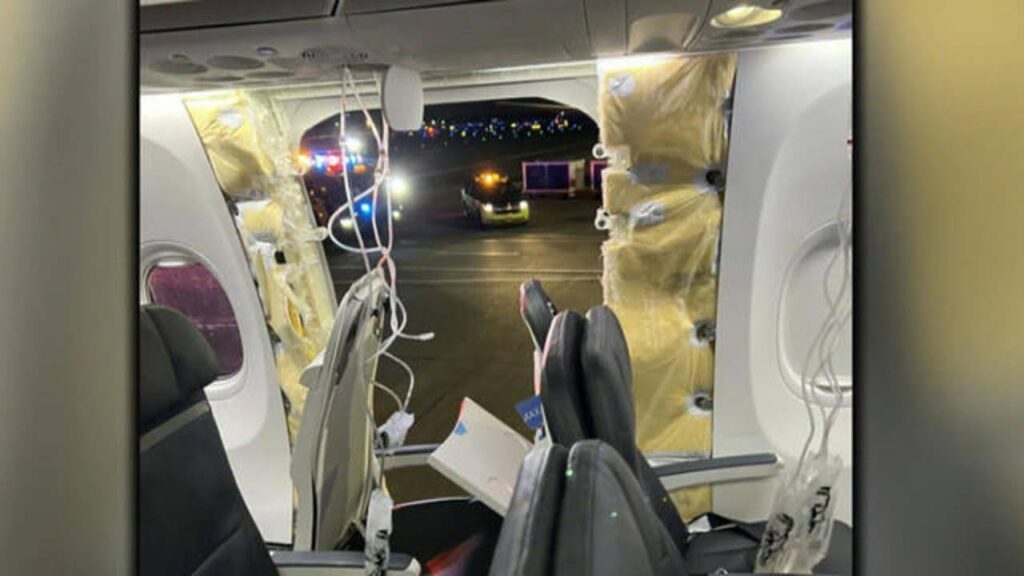 Everyone who saw the images of the door plug blowout from Alaska Airlines Flight 1282 on January 5, 2024 shuddered at the thought of this happening during a flight. Imagine how jarring those images must be for people involved in manufacturing and quality control of aircraft structures. These people know that lives depend on them doing their job carefully and correctly every day. Yet they also live with the knowledge that no person nor process is perfectly flawless.
Everyone who saw the images of the door plug blowout from Alaska Airlines Flight 1282 on January 5, 2024 shuddered at the thought of this happening during a flight. Imagine how jarring those images must be for people involved in manufacturing and quality control of aircraft structures. These people know that lives depend on them doing their job carefully and correctly every day. Yet they also live with the knowledge that no person nor process is perfectly flawless.
Every time an incident like this occurs, the aviation industry renews its commitment to safety, which is already incredibly high. Think about aviation compared to other areas of high performance. The athletes and entertainers that are so revered in our culture achieve that status because they consistently perform very well. But they are not flawless. Imagine if the NFL season was halted because Patrick Mahomes threw an interception. Or if all Taylor Swift concerts were put on hold because she got a lyric wrong, or sang a wrong note. These people are masters of their craft, but they are human and cannot be perfect. Yet in aviation, zero incidents is the benchmark. Any aircraft safety incident is unacceptable, and understandably so, because many lives are at stake. A single incident like the Jan. 5 door plug blowout can ground fleets of aircraft until the reason for the incident is understood and corrective actions can be implemented.
There are many potential causes of aviation disasters. Pilot error is certainly a factor and when it is, the corrective action tends to be focused – often training and system changes can be implemented to reduce the risk. When the root cause is tied to a manufacturing error, the effect can be widespread as hundreds of aircraft may need to be inspected and potentially modified. Even when lives are not lost, as was fortunately the case with Alaska Airlines flight 1282, correcting such errors are very costly for aircraft manufacturers and their suppliers while also disruptive for airlines and the traveling public.
The best way to avert future disasters related to manufacturing defects, is to ensure that quality escapes that allow such defects into the field do not occur. Since even the highest performing humans are not flawless, the only way to avoid escapes is with robust manufacturing processes and effective process control. Thorough process control can ensure that the inevitable mistakes made during manufacturing are detected and corrected before they have an opportunity to become critical failures.
Accurex Measurement’s LYNX automated visual inspection system is designed for just that purpose. The LYNX system provides a novel solution for quality control of aircraft manufacturing. LYNX uses an articulating high resolution camera and projector to visually check large aerostructures during assembly to ensure that assembly operations have been performed completely and correctly.

LYNX automatically captures hundreds of images of aircraft components during manufacturing and compares them to reference images of a correctly built assembly using proprietary image analysis algorithms. LYNX flags any differences for important operations that need to be checked. If a bolt is missing, or a bracket is backwards, or a fastener is the wrong type, or safety wire is not been installed, LYNX visual inspection will flag these errors for correction before the assembled aircraft component is accepted. LYNX can inspect thousands
of items quickly and with reliability much higher than that of human inspectors. By distributing LYNX systems along the manufacturing process, aircraft manufacturers and their suppliers are able to validate proper assembly of every subcomponent.

Despite the complexity of modern aircraft, the aviation industry has a remarkable safety record. Through utilization of LYNX automated optical inspection of aircraft assemblies, the industry can continue to improve even further to ensure safe travel for all.

